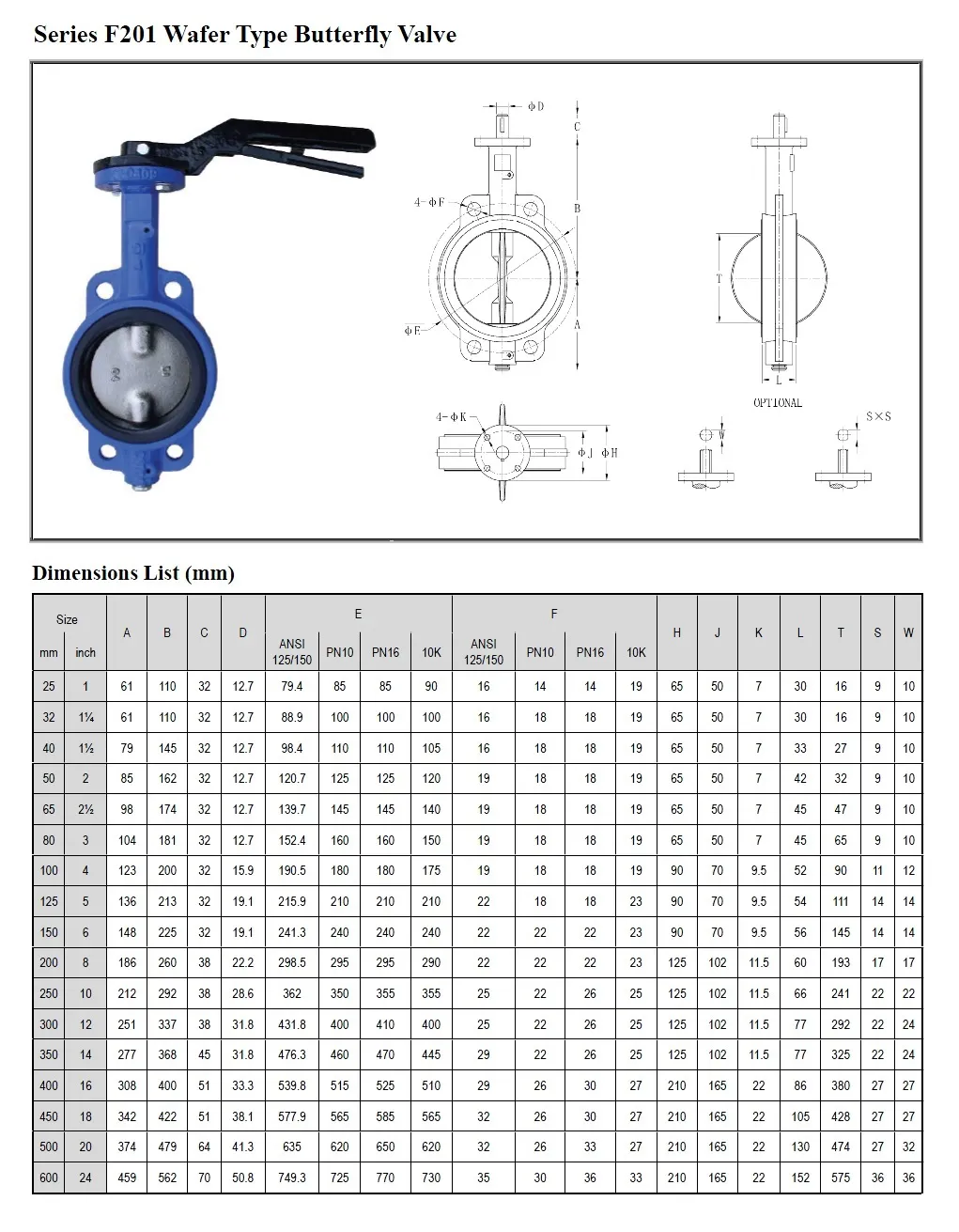Jan . 30, 2025 06:13
The 2.5-inch butterfly valve is quintessential in fluid management systems, playing a vital role in controlling the flow of liquids and gases with precision. This valve stands out not only for its size but for its versatile application across multiple industries, including water treatment facilities, HVAC systems, and industrial processing plants.

Why choose a 2.5 butterfly valve? For starters, the size offers a perfect balance between flow capacity and control, making it ideal for medium-sized piping systems. Its compact design, complemented by its lightweight nature, ensures easy installation and maintenance without the need for heavy-duty equipment. This specific valve serves as a pivotal component by providing efficient flow control in dynamically demanding environments, which often require rapid adjustments.
In terms of functionality, the 2.
5-inch butterfly valve operates on a simple yet effective mechanism. The valve is equipped with a rotating disk, which is mounted on a shaft. This disk can be turned via an actuator to modulate flow passage through the valve, allowing precise regulation. A 90-degree turn will either open or close the valve, offering quick operational responses to system needs.

From a technical perspective, expertise in selecting the right material for your butterfly valve is crucial. The 2.5 butterfly valves are typically available in materials such as stainless steel, cast iron, and PVC, each offering benefits suitable to specific environments. For instance, stainless steel is highly resistant to corrosion and extreme temperatures, making it the preferred choice in industries involving aggressive or high-temperature fluids. Meanwhile, PVC offers excellent corrosion resistance for basic water applications at a lower cost.
Ensuring compatibility with system-pressure ratings and media types is equally critical. This requires a deep understanding of your operational parameters, as mismatched specifications can lead to system inefficiencies or even catastrophic failures. Therefore, having a specialized team or consultant for guidance can elevate the overall effectiveness of your fluid management system. Authoritative knowledge ensures that the valve you choose will meet both operational demands and safety standards.
2.5 butterfly valve
Innovations in the design of 2.5 butterfly valves have also introduced features enhancing reliability and longevity. Modern variations often incorporate advanced sealing mechanisms, such as EPDM or Viton gaskets, which enhance leak-proof performance and extend service life. These advancements not only offer cost savings in terms of maintenance and replacement but also contribute positively to environmental sustainability by reducing waste and energy consumption.
Trustworthiness in a butterfly valve also comes down to the brand and manufacturer. Leading manufacturers often undergo rigorous testing and adhere to international standards, such as ISO or API certifications, guaranteeing product reliability. Engaging with well-established brands assures end-users of consistent quality and comprehensive after-sales support.
When it comes to procuring these valves, an experiential approach is advisable. Testimonies and case studies from industry peers who have implemented the 2.5 butterfly valve into their systems can provide invaluable insights. Such authentic experiences underline best practices and highlight potential challenges, equipping you with a practical understanding of operational dynamics.
In summary, the 2.5-inch butterfly valve is a critical component that delivers both efficiency and reliability in fluid control applications. Its strategic application across various sectors underscores its authority in the valve market. Expertise in material selection, paired with an understanding of modern design enhancements, ensures a trustworthy investment that enhances system integrity and operational performance.


 Call us on:
+86-311-86935302
+86-311-86935302
Call us on:
+86-311-86935302
+86-311-86935302
 Email Us:
info@thriveonvalve.com
Email Us:
info@thriveonvalve.com South of Huanmadian Village Town, Ningjin County, Xingtai, Hebei Province, China
South of Huanmadian Village Town, Ningjin County, Xingtai, Hebei Province, China